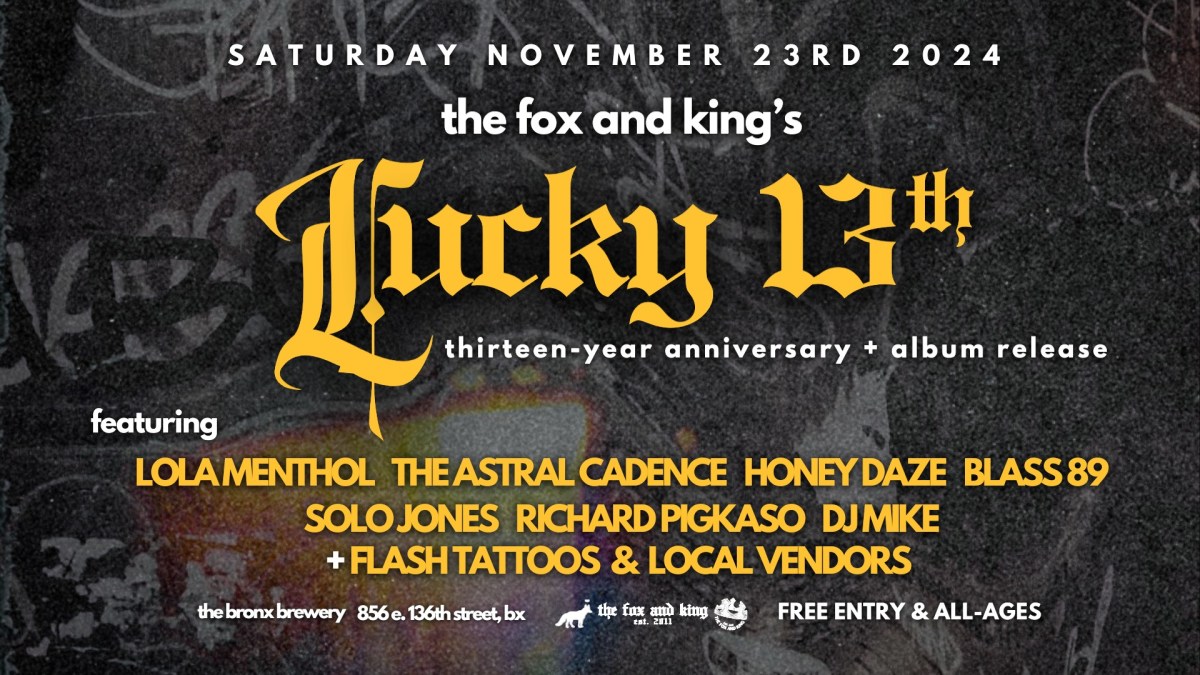BELGRADE (Reuters) – Four decades after the death of Yugoslavia’s lifetime leader Josip Broz Tito, a few dozen visitors anxious to honour his memory donned face masks against the coronavirus to visit the compound in Belgrade that houses his grave.
Tito died on May 4, 1980, and his funeral four days later was attended by presidents, prime ministers and kings from 128 countries, and about 700,000 people. What followed was a decade of decline that culminated in the wars that broke up Yugoslavia.
Even with the passing of time, Tito’s grave in the House of Flowers is always visited on the anniversary of his death.
Despite coronavirus restrictions, dozens were allowed inside on Monday, far fewer than in previous years when hundreds marked his death.
A delegation from Serbia’s co-ruling Socialists, successors to the Communists from the late 1980s, led by their president and Foreign Minister Ivica Dacic, laid a wreath on Tito’s grave.
“Many across former Yugoslavia are nostalgic … I would not call this nostalgia for Tito, but for the society in which we lived back then, for some socialist values that were ahead of their time,” Dacic told Reuters.
Broz, a metalworker from the Croatian village of Kumrovec, led Communist fighters against Nazi Germany in World War Two, securing his grip over Yugoslavia for the next 35 years.
In 1948, he turned away from the Soviet bloc in a delicate balancing act with the West, using Yugoslavia as a buffer between adversaries in the Cold War.
Many criticise Tito as a brutal dictator who stifled dissent and sent political opponents to prison camps, while others say his was a period of prosperity and peace.
“It would be an absurdity to make parallels between then and now, those times cannot be repeated,” said Tibor, a biker from the northern city of Novi Sad.
(Reporting by Aleksandar Vasovic; Editing by Giles Elgood)
































